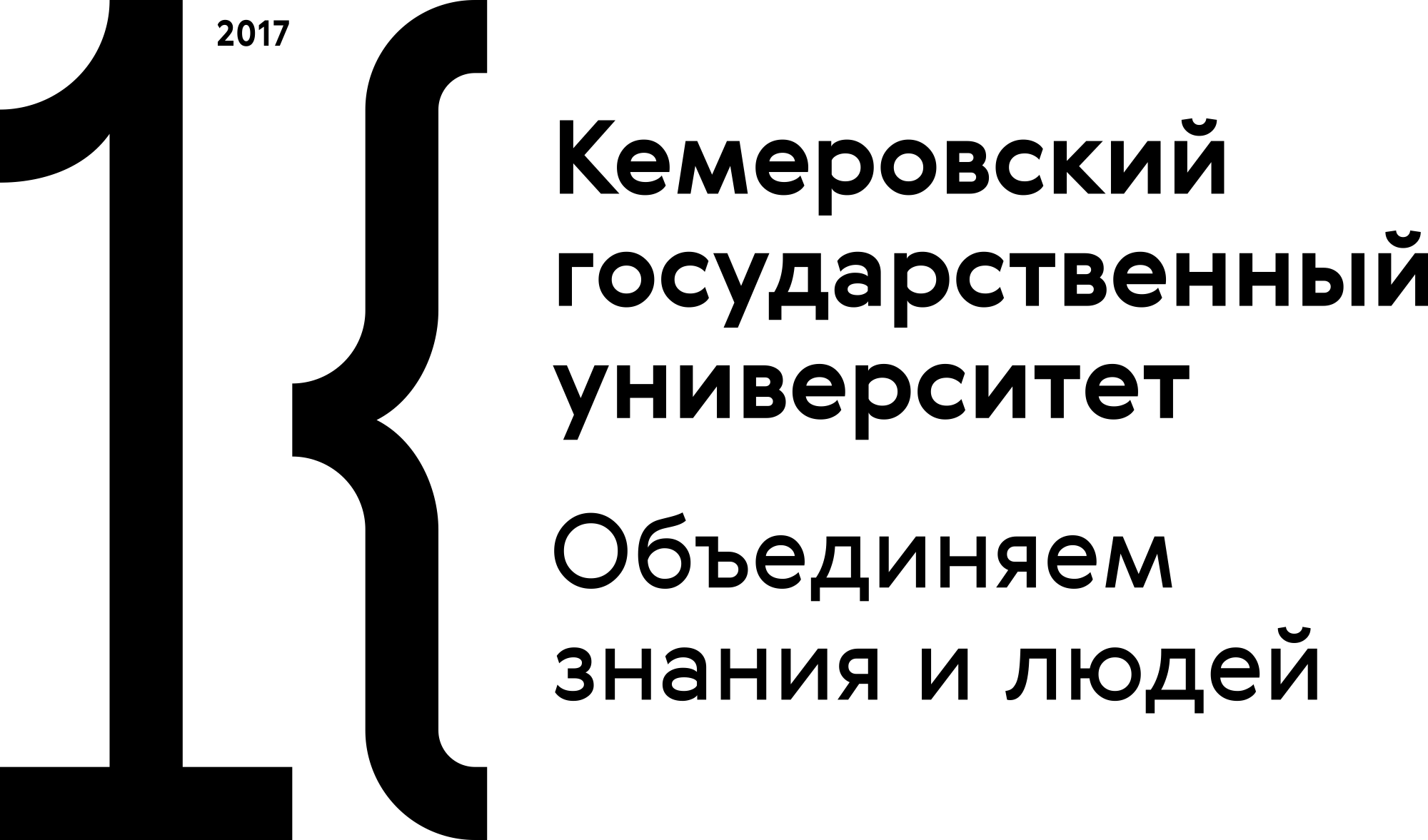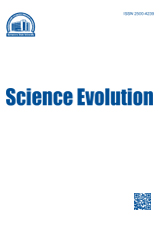Россия
Россия
Россия
Россия
ГРНТИ 27.01 Общие вопросы математики
ГРНТИ 31.01 Общие вопросы химии
ГРНТИ 34.01 Общие вопросы биологии
Dispersal of the human population out of the place of origin in East Africa over the globe proceeded rapidly (on the evolutionary scale) and was associated with change of climatic zones and associated changes in habitat parameters - temperature, humidity, insolation, and infectious load. The aim of the study is to develop a method for genotyping of genetic markers associated with adaptation to climate according to the literature data and functional analysis of genes; and identification of signals of adaptation to cold climate in two indigenous Siberian populations. In the course of study, genes and genetic markers were selected, which show reliable signals of natural selection in populations living in cold arctic and subarctic climates in previously published papers and which are involved in biological processes having a cold adaptation potential. A panel of 28 single nucleotide markers (SNP) was selected, and a method of their multiplex genotyping was developed based on multiplex PCR and separating DNA fragments by MALDI-TOF mass spectrometry. Allele frequencies of 28 SNPs in two indigenous Siberian populations (Yakuts and Kets) were determined. A low level of intrapopulation diversity in these populations and significant genetic differences between them were found. Loci under natural selection conditions were detected by analyzing the distribution of the observed Fst values in comparison with the expected distribution, obtained in the simulation calculations based on the hierarchical island model of population structure. The possible role of selection (p<0.1) in differentiation of populations between allele frequencies was determined for 2 markers - rs133036 in MKL1 gene and rs2305508 in CPT1A gene, which are candidate in terms of climate change adaptation.
Single nucleotide polymorphism, MALDI-TOF mass spectrometry, Siberian populations, adaptation to climate, natural selection
1. Stepanov V.A. Geneticheskoe raznoobrazie i bolezni cheloveka. [Evolution of genetic diversity and human diseases]. Genetika
2. [Russian Journal of Genetics], 2016. vol. 52, no. 7, pp. 746-756.
3. Stepanov V.A. Geneticheskoe raznoobrazie populyatsiy cheloveka i problemy evolyutsionnoy meditsiny. [Genetic diversity of human populations and problems of evolutionary medicine]. Genetika cheloveka i patologiya. Problemy evolyutsionnoy meditsiny [Human genetics and pathology. Problems of evolutionary medicine], 2014, no. 10, pp. 7-17.
4. Lappalainen T., Salmela E., Andersen P.M., Dahlman-Wright K., Sistonen P., Savontaus M-L, Schreiber S., Lahermo P., Kere
5. J. Genomic landscape of positive natural selection in Northern European populations. European Journal of Human Genetics, 2010, no. 18, pp. 471-478. doi:https://doi.org/10.1038/ejhg.2009.184.
6. Rasmussen M., Li Y., Lindgreen S., Pedersen J.S., Albrechtsen A., Moltke I., Metspalu M., Metspalu E., Kivisild T., Gupta R., Bertalan M. Ancient human genome sequence of an extinct Palaeo-Eskimo. Nature, 2010, no. 463, pp. 757-762. doi: 10.1038/ nature08835.
7. Hancock A.M., Witonsky D.B., Alkorta-Aranburu G., Beall C.M., Gebremedhin A., Sukernik R. Adaptations to Climate-Mediated Selective Pressures in Humans. PLoS Genet, 2011, vol. 7, no. 4: e1001375. doihttps://doi.org/10.1371/journal.pgen.1001375.
8. Cardona A. Pagani L., Antao T., Lawson D.J., Eichstaedt C.A., et al. Genome-Wide Analysis of Cold Adaptation in Indigenous Siberian Populations. PLoS ONE, 2014, vol. 9, no. 5: e98076. doi:https://doi.org/10.1371/journal.pone.0098076.
9. Ruhlen M. A guide to the World languages. Vol. 1. Classification.Stanford: Stanford University Press. 1991. 464 p.
10. Bruk S.I. Naselenie mira. Etno-demograficheskiy spravochnik [Population of the World. Ethno- Demographic Handbook]. Moscow: Nauka Publ., 1986. 832 p.
11. V.A. Stepanov, E.A. Trifonova. Mul’tipleksnoe genotipirovanie odnonukleotidnykh polimorfnykh markerov metodom MALDI- TOF mass-spektrometrii: chastoty 56 SNP v genakh immunnogo otveta v populyatsiyakh cheloveka [Multiplex SNP genotyping by MALDI-TOF mass spectrometry: Frequencies of 56 immune response gene SNPs in human populations]. Molekulyarnaya Biologiya [Molecular Biology], 2013, vol. 47, no. 6, pp. 976-986.
12. Excoffier L., Lischer H.E. Arlequin suite ver 3.5: A new series of programs to perform population genetics analyses under Linux and Windows. Molecular Ecology Resources, 2010, vol. 10, pp. 564-567. Stepanov V.A., Khar’kov V.N., Trifonova E.A., Marusin A.V. Metody statisticheskogo analiza v populyatsionnoy i evolyutsionnoy genetike cheloveka [Methods of Statistical Analysis in Human Population and Evolutionary Genetics].
13. Uchebno-metodicheskoe posobie Seriya «Nasledstvennost’i zdorov’e» [Study Guide Series: «Human heredity and Health»]. Tomsk: Pechatnaya Manufaktura Publ., 2014. 100 p.
14. Beaumont M.A., Nichols R.A. Evaluating loci for use in the genetic analysis of population structure. Proceedings of the Royal Society London B, 1996, vol. 263, pp. 1619-1626.
15. Excoffier L., Hofer T., Foll M. Detecting loci under selection in a hierarchically structured population. Heredity, 2009, vol. 103, pp. 285-298.
16. Stepanov V., Vagaitseva K., Kharkov V., Cherednichenko A., Bocharova A., Berezina G., Svyatova G. Forensic and population genetic characteristics of 62 X chromosome SNPs revealed by multiplex PCR and MALDI-TOF mass spectrometry genotyping in 4 North Eurasian populations. Legal Medicine, 2016, vol. 18, pp. 66-71. doi:https://doi.org/10.1016/j.legalmed.2015.12.008.
17. Stepanov V.A., Vagaitseva K.V., Kharkov V.N., Cherednichenko A.A., Bocharova A.V. Panel’ odnonukleotidnykh stseplennykh s Kh-polimorfnykh markerov dlya DNK-identifikatsii (Xsnpid) na osnove mul’tipleksnogo genotipirovaniya s ispol’zovaniem metodov mnogolokusnoy PTsR i mass-spektrometrii MALDI-TOF [Panel of X-linked single-nucleotide polymorphic markers for DNA identification (XSNPid) based on multiplex genotyping by multilocus PCR and MALDI-TOF mass spectrometry]. Molekulyarnaya biologiya [Molecular Biology], 2016, vol. 50, no. 3, pp. 445-456.
18. Stepanov V.A., Vagaitseva K.V., Kharkov V.N., Cherednichenko A.A., Minajcheva L.I., Bocharova A.V. Variabel’nost’ i identifikatsionnyy potentsial Kh-khromosomnykh SNPs v dvukh populyatsiyakh korennogo naseleniya Sibiri [Variability and identification power of 60 X-chromosome in two native Siberian populations]. Genetika [Russian Journal of Genetics], 2016, vol. 52, no. 4, pp. 493-496.
19. Kharkov V.N., Stepanov V.A., Medvedeva O.F., Spiridonova M.G., Maksimova N.R., Nogovicyna A.N., Puzyrev
20. V.P. Proiskhozhdenie yakutov: analiz gaplotipov Y-khromosomy [The origin of Yakuts: Analysis of the Y-chromosome haplotypes]. Molekulyarnaya biologiya [Molecular biology], 2008, vol. 42, no. 2, pp. 226-237.
21. Khitrinskaya I.Yu., Khar’kov V.N. Voevoda M.I., Stepanov V.A. Geneticheskoe raznoobrazie i vzaimootnosheniya populyatsiy Severnoy Evrazii po polimorfnym insertsiyam Alu-elementa [Genetic diversity and relationships of populations of northern Eurasia by polymorphic Alu insertions]. Molekulyarnaya biologiya [Molecular Biology], 2014, vol. 48, no. 1, pp. 69-80.
22. Flegontov P., Changmai P., Zidkova A., Logacheva M.D., Flegontova O.,Nikolsky YuV, Starostin G., Stepanova V.V., Travinsky I.V., Tříska M., Tříska P., Tatarinova T.V. Genomic study of the Ket: a Paleo-Eskimo-related ethnic group with significant ancient North Eurasian ancestry. Scientific Reports, 2016. doi:https://doi.org/10.1038/srep20768.
23. Schlotterer C. A microsatellite-based multilocus screen for the identification of local selective sweeps. Genetics, 2002, vol. 160, no. 2, pp. 753-763.
24. Beaumont M.A., Balding D.J. Identifying adaptive genetic divergence among populations from genome scans. Mol Ecol, 2004, vol. 13, pp. 969-980. Foll M, Gaggiotti O.E. A genome scan method to identify selected loci appropriate for both dominant and codominant markers: A Bayesian perspective. Genetics, 2008, vol. 180, pp. 977-993.










